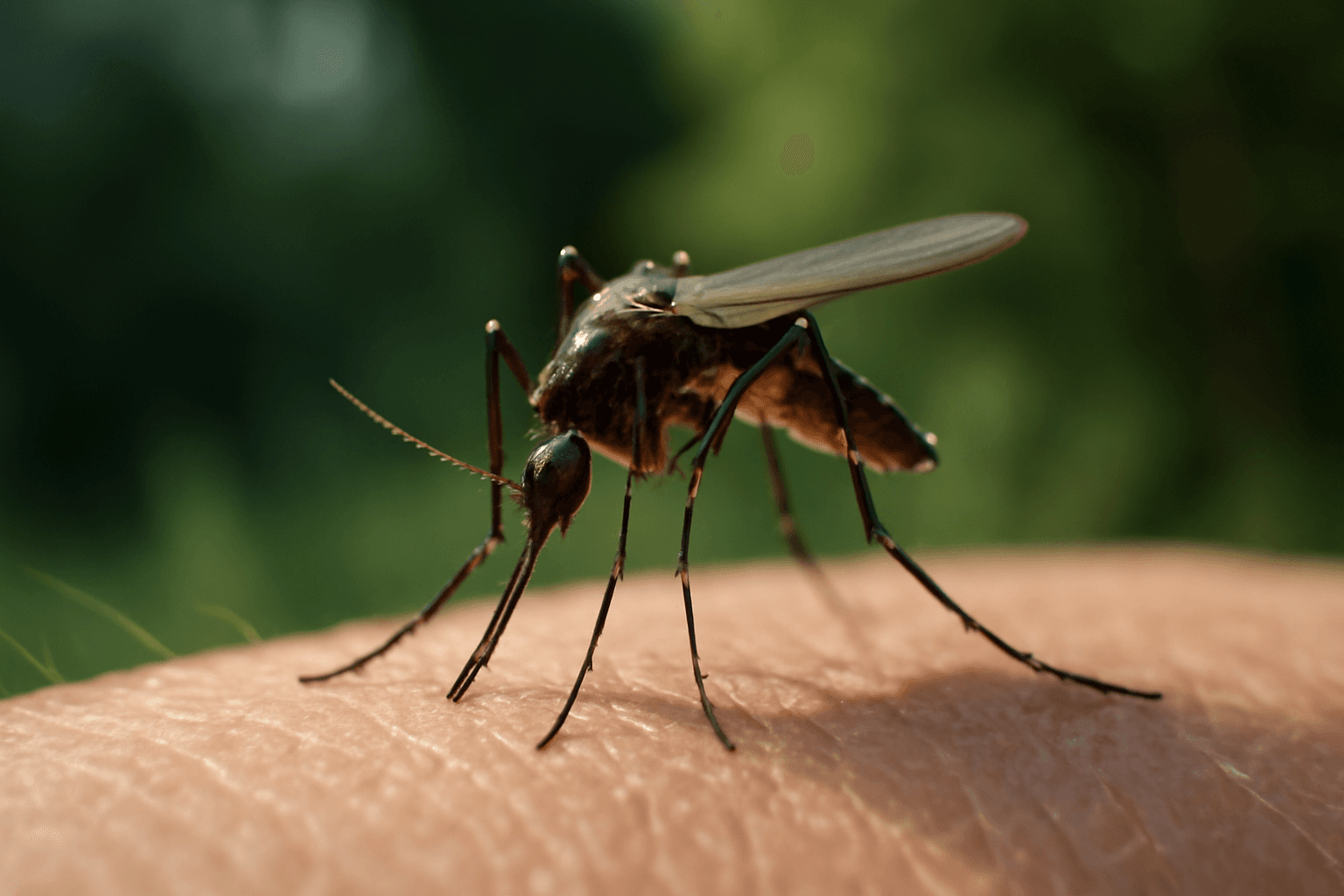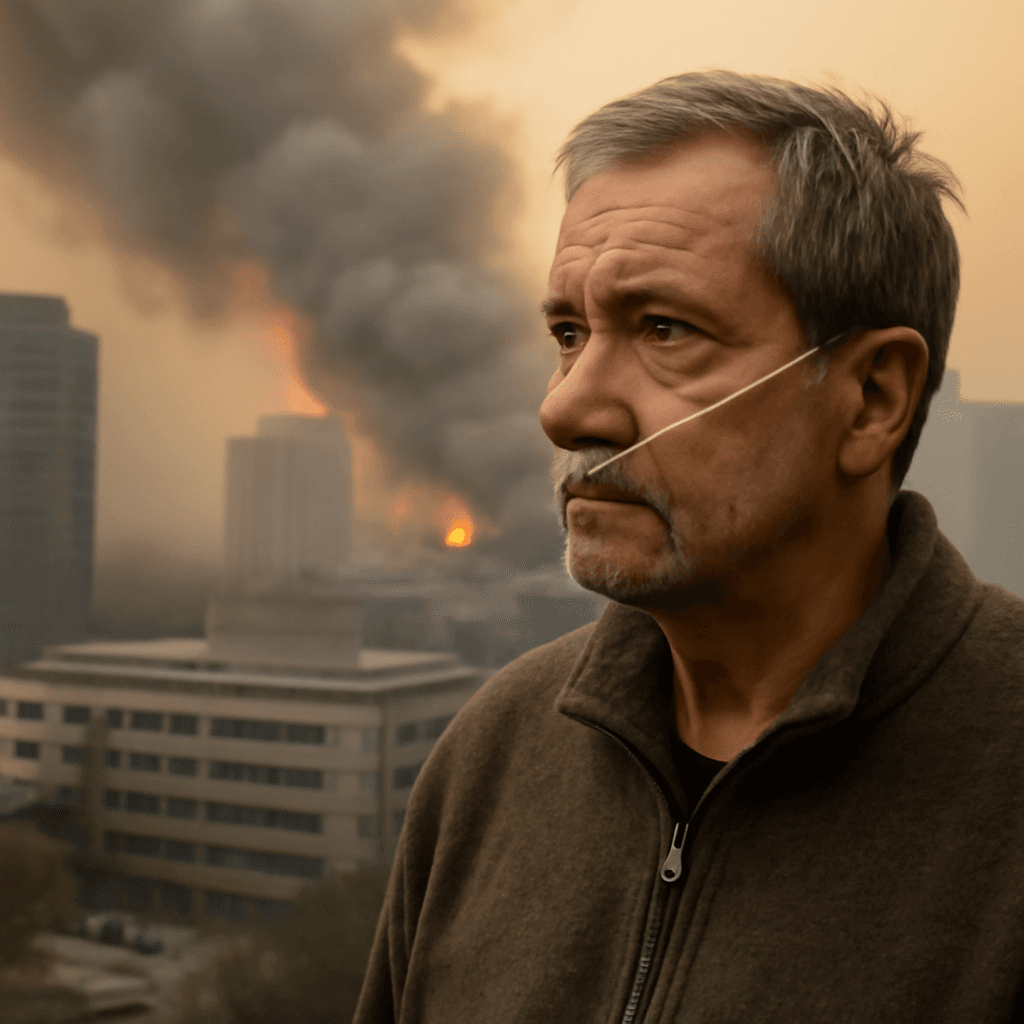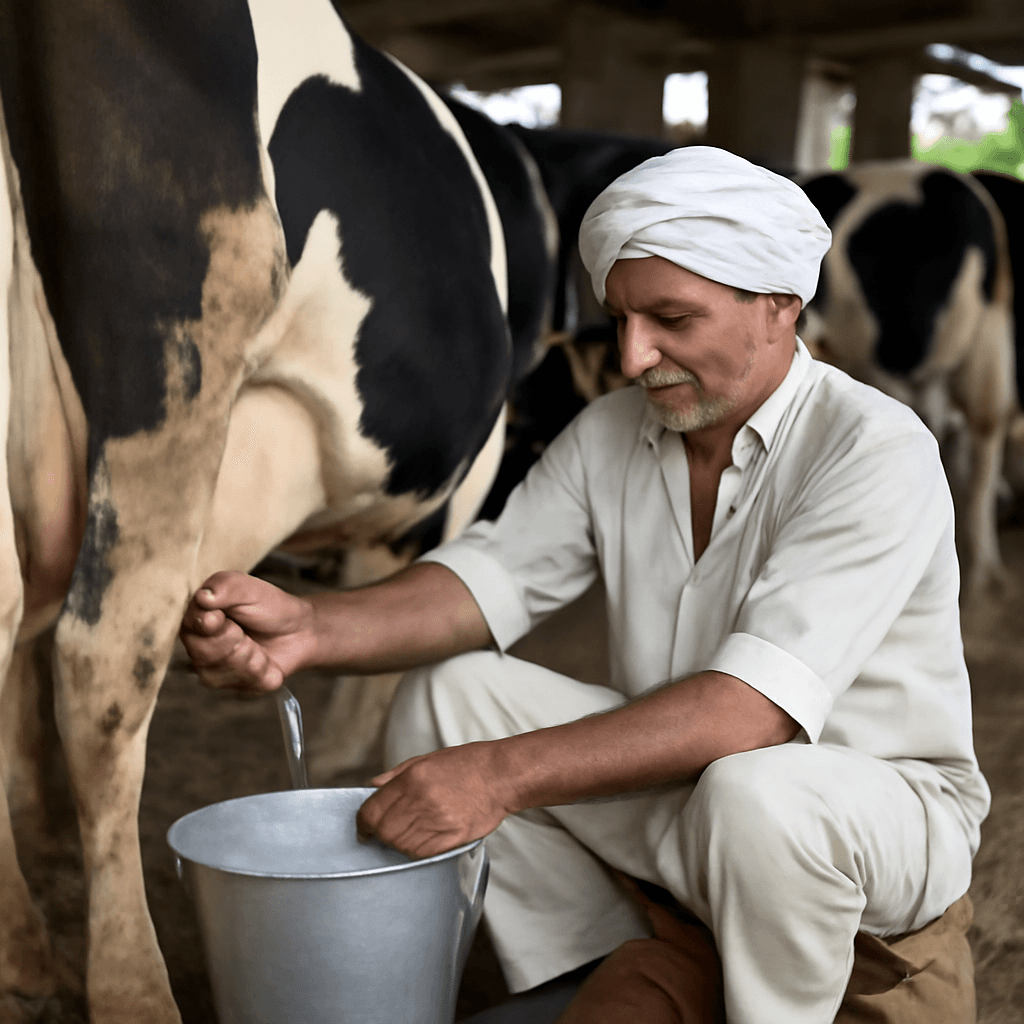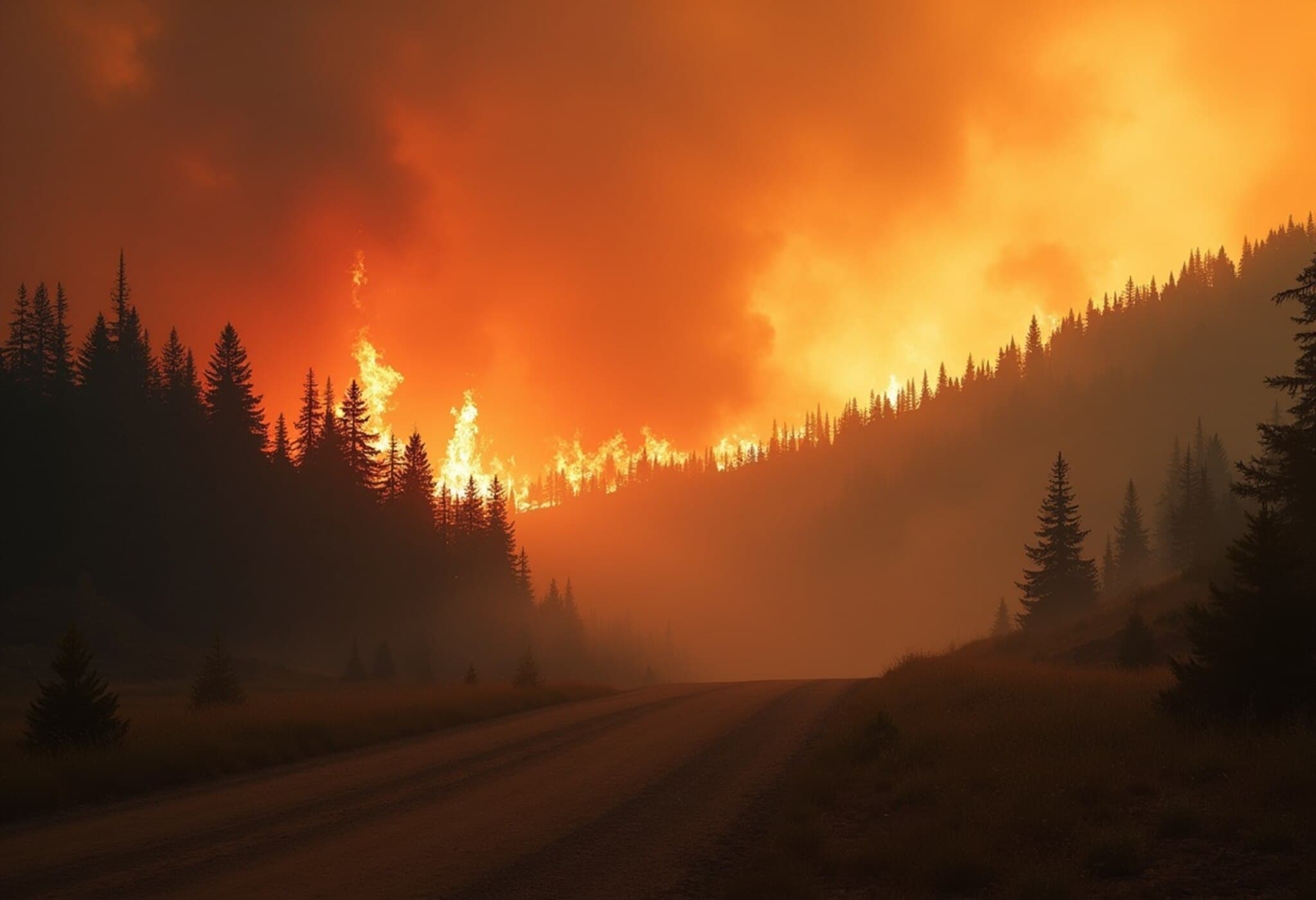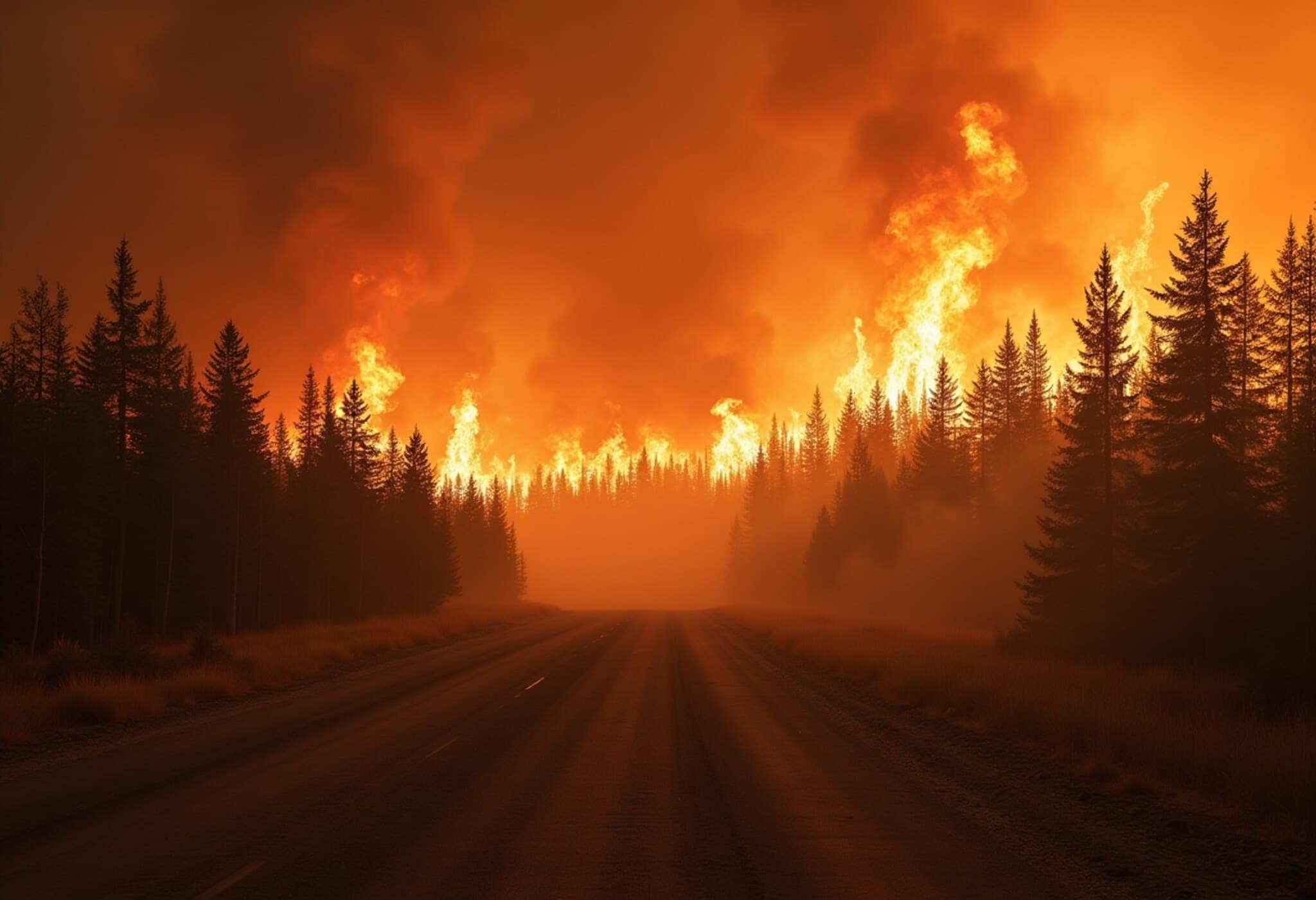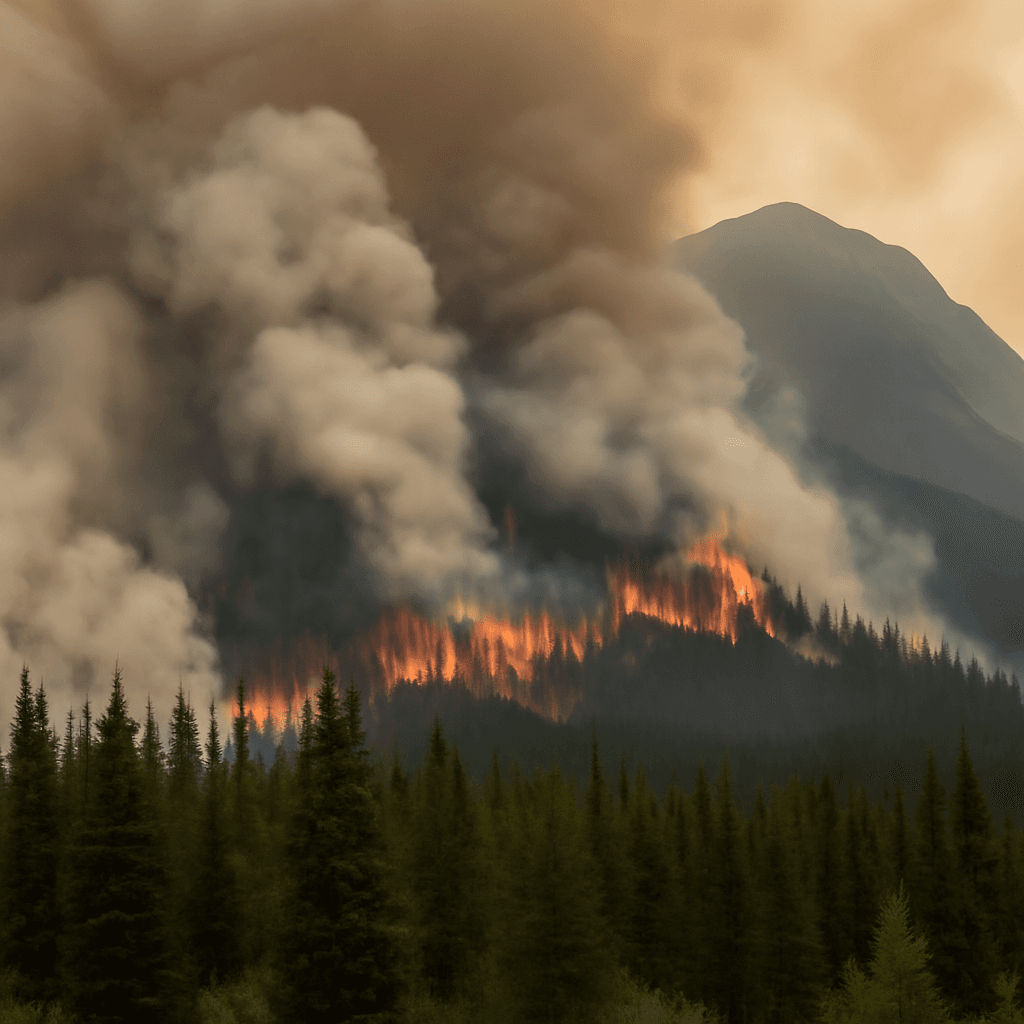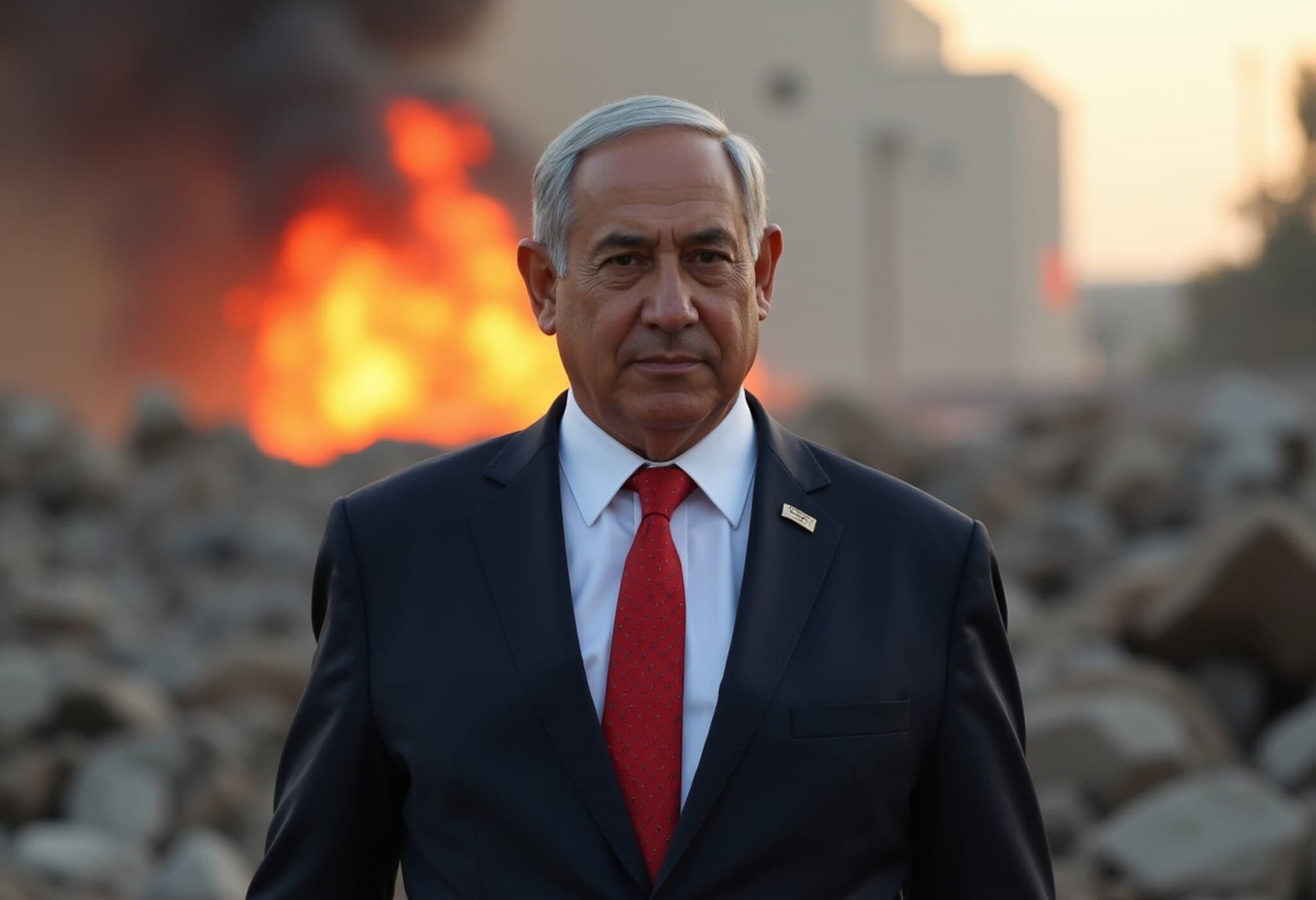Worsening Air Quality Across US Due to Canadian Wildfire Smoke
Thick plumes of smoke from Canada's severe wildfire season have crossed the border, blanketing large swaths of the Midwest and Northeast United States with hazardous air conditions. States like Wisconsin, Michigan, and Minnesota have issued widespread air quality alerts as residents grapple with smoky skies and reduced visibility.
Canada Faces Its Second-Worst Wildfire Season on Record
According to Canadian authorities, nearly 4,000 wildfires have been documented nationwide in 2025, marking this as Canada's second-worst wildfire season to date. The fires are predominantly burning across southern Manitoba, just north of Minnesota, with more than 700 active fires reported and over 500 still uncontrolled.
The scale of the wildfires has forced thousands of Canadian residents from their homes and caused significant environmental and health concerns. Tragically, two people lost their lives in a wildfire in southeastern Manitoba earlier this year.
Air Quality Alerts Multiply Across States
The drifting smoke has deteriorated air quality over several US states. Wisconsin's Department of Natural Resources extended air quality warnings through Monday, August 4th, primarily affecting southeastern counties. Similarly, Michigan authorities maintained alerts statewide, while Minnesota's Pollution Control Agency extended its air quality warning for a record-breaking seven days.
- Minnesota's statewide alert is now the longest since the agency started issuing such notices in 2008.
- The Air Quality Index (AQI) in some areas spiked into the ‘red’ zone, indicating dangerously unhealthy air for all residents.
- Other affected states include Illinois, Indiana, New York, Vermont, New Hampshire, and Maine.
Health Risks and Public Warnings
The Minnesota Pollution Control Agency cautions that even healthy individuals may experience symptoms such as eye irritation, coughing, and difficulty breathing in these smoky conditions. Vulnerable groups, including those with preexisting heart or lung diseases, may face more severe complications like asthma attacks, heart attacks, or strokes.
Bob Oravec, Lead Forecaster for the National Weather Service, explained how prevailing wind patterns are funneling smoke from Canada deep into the US atmosphere:
“Smoke rises into the winds and travels downstream much like a leaf being blown along — it moves through all levels of the atmosphere in the same direction.”
Environmental and Economic Implications
This persistent smoke impacts not just health but also local economies reliant on outdoor recreation and tourism. The hazy atmosphere reduces visibility and diminishes air quality, potentially deterring visitors during peak summer months.
Experts warn of lingering smoky conditions throughout the week, with only occasional short breaks expected. IQAir's real-time air quality rankings have placed cities like Detroit, Chicago, and Minneapolis among the most polluted in the nation this Sunday.
Underreported Concerns: Long-Term Impacts
While immediate health alerts are prominent, less discussed are the long-term environmental consequences, including soil degradation, water contamination, and carbon emissions contributing to climate change. The increasing frequency and intensity of these wildfires spotlight urgent questions about forest management, climate policy, and cross-border cooperation between Canada and the United States.
Looking Ahead: What Can Be Done?
Addressing such cross-border air quality crises demands a multifaceted approach:
- Enhanced wildfire prevention and rapid-response strategies in vulnerable Canadian provinces.
- Improved air quality monitoring and public health advisories across affected US states ensuring timely warnings and protective measures.
- Increased investment in research on wildfire behavior under changing climate conditions.
- Joint US-Canada collaboration in managing forests and emergency response to mitigate future risks.
Editor’s Note
The wildfire smoke drifting from Canada into the US serves as a stark reminder of our interconnected environment and shared vulnerabilities. Beyond the immediate discomfort and health risks lie deeper questions about climate resilience, cross-border environmental policy, and the growing costs of inaction. As communities brace for ongoing smoky conditions, policymakers and citizens alike must confront the urgent challenge of wildfire mitigation amidst a warming climate.



